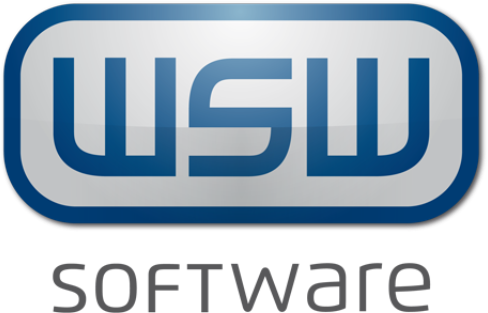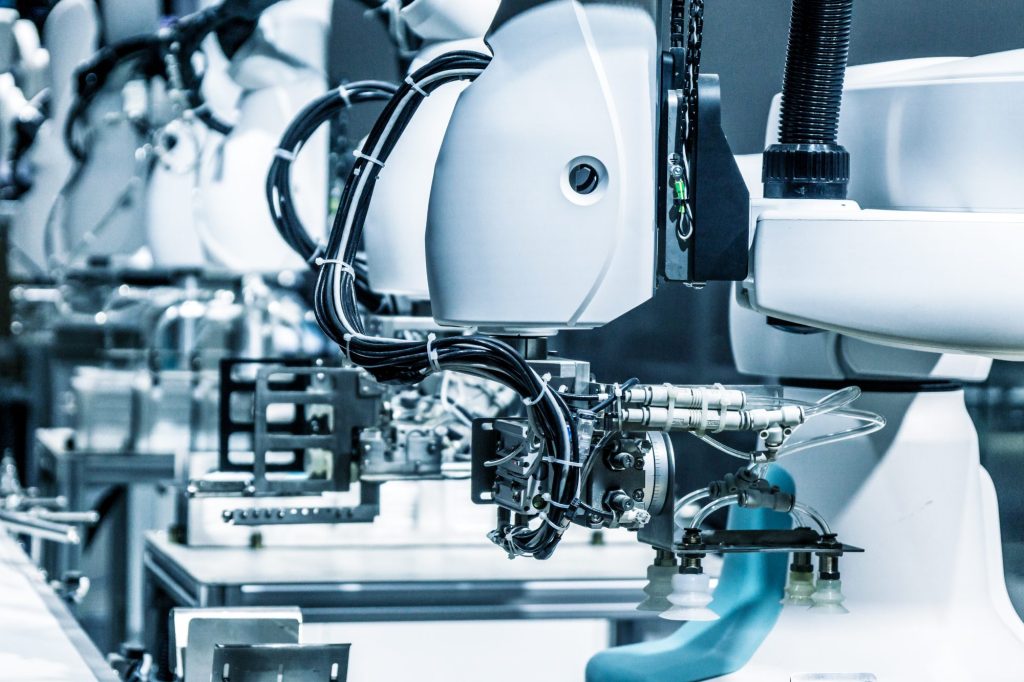Long operating times do not necessarily mean high productivity. The value of Overall Equipment Effectiveness (OEE) is used to determine how productive a production facility is in relation to the respective operating time. This describes the effectiveness of a production line as a percentage. A value of 0% is the minimum and 100 % the maximum.
What does the term Overall Equipment Effectiveness mean?
Overall Equipment Effectiveness is a key figure for the performance potential of a production process. It is used in the context of lean production or in controlling in order to be able to act in the most resource-saving way possible. For this purpose, OEE refers to the most frequent sources of productivity reduction in a production or manufacturing process. The aim is to achieve continuous optimization of production and conservation of resources in the interests of sustainability. Possible types of resource waste are:
- Movements due to transports and materials
- Work process errors
- Excessive scrap and rework defects
- Too long ways
The Overall Equipment Effectiveness measurement tool shows the areas in which there is particular potential for optimization. In this way, targeted decisions can be made on which adjustment screw needs to be turned in order to become more efficient.
This is how Overall Equipment Effectiveness is composed
The three factors that determine the Overall Equipment Effectiveness determined are availability, performance and quality.
The availability factor
One formula component for determining OEE is the availability factor. It is calculated as follows:
Availability factor V = Operating time/available time x 100 = %
The availability factor depends on the time periods in which the equipment is active but no production takes place. The machine running time is therefore described. In this way, the extent of losses or failures can be measured; these can occur, for example, due to a lack of personnel or technical defects. A possible event that could have a negative impact on the performance factor would be a plant failure that leads to the temporary cessation of production.
The quality factor
The quality factor evaluates the output of a production and its quality. This means: how many products are defective and must be deducted from the total number of finished products manufactured. To determine the quality factor, the formula applies:
Quality factor Q = number of good parts / (number of good parts + number of defective parts)
Common reasons for a poor quality factor are errors in the process that lead to misproduction.
The power factor
Another component of the calculation is the power factor. To determine this, the formula applies:
Power factor L = actual power [pieces/time] / target power [pieces/time] x 100 = %
A low value can have many causes. For example, old plant components can cause a low production rate, and interruptions in production can also have a negative effect. But also idle times and downtimes can produce a low production volume.
The OEE: A calculation by formula
In order to make data-based decisions, data collection of high quality and quantity is required. For the calculation of Overall Equipment Effectiveness, it is essential to have implemented intensive data collection in advance. When an OEE result is to be classified as positive varies individually and is determined by the respective company.
The formula
The following formula is used to determine the Overall Equipment Effectiveness: OEE = V x L x Q
Legend
V = Availability factor
L = power factor
Q = Quality factor
This is how an evaluation of the calculation results works
In order for the result of the calculation to be meaningful, various things must be taken into account. On the one hand, it is important to set the operating times in relation to the individual operating time of the machine. If a production line is in motion six days a week, this must be taken into account when calculating the OEE. In addition, the OEE provides concrete information about the respective plant area in which there is potential for optimization. If you add up the OEE values of the respective machines and form the arithmetic mean, you get distorted information. It is better to calculate the OEE using the harmonic mean.
Benefiting from the calculation of Overall Equipment Effectiveness
Since OEE makes concrete statements about various factors, problems in production can be easily identified and appropriate measures can be initiated. Overall Equipment Effectiveness thus offers companies a good approach to checking their own production for productivity and optimizing it if necessary.
In addition to overall equipment effectiveness, there is also overall operating effectiveness (OOE) and effective overall equipment performance (TEEP). Considered together with OEE, these three values differ only in their calculation of the maximum time, which is always defined differently. The formula of OEE takes into account the maximum time that is possible as production time, without including the unplanned time. The value of OOE is calculated by a formula that takes as maximum time the total operating time, taking the unplanned time into account. The formula of TEEP considers the maximum time as an indication of the total time available in the year, i.e. 24 hours, 365 days a year.
FAQ
We explain the most important terms related to Overall Equipment Effectiveness here:
Overall equipment effectiveness is a measure of the performance potential attributed to the production process.
Overall Equipment Effectiveness is calculated using three factors. These are the Availability factor, the Power factor and the Quality factor. The formula is: OEE = Availability factor (%) x Performance factor (%) x Quality factor (%).



